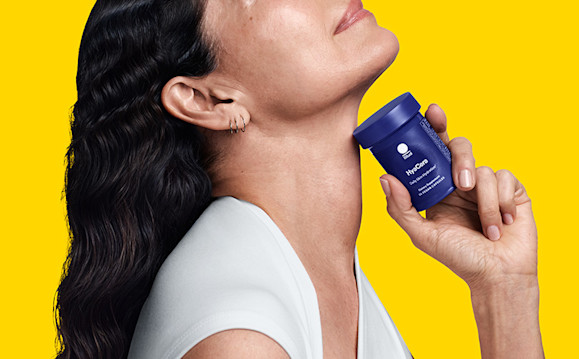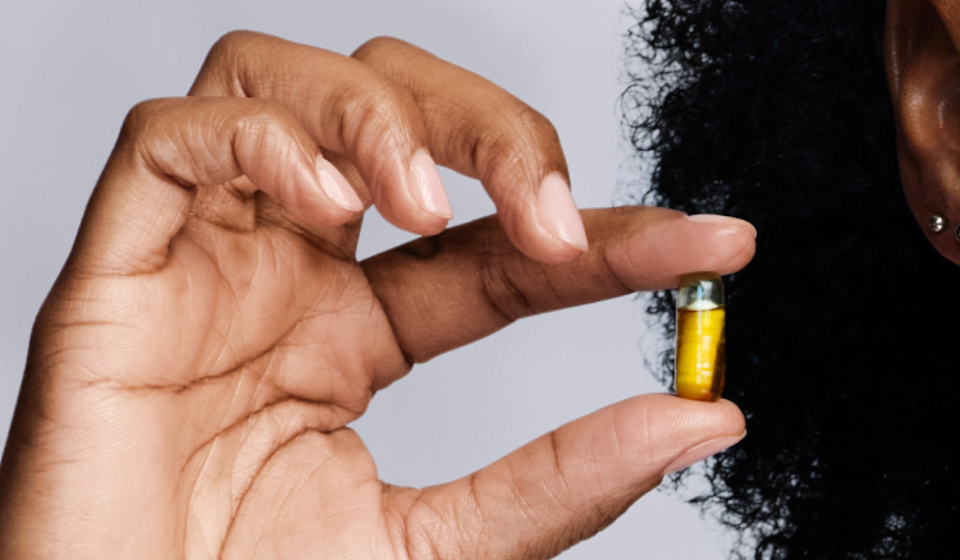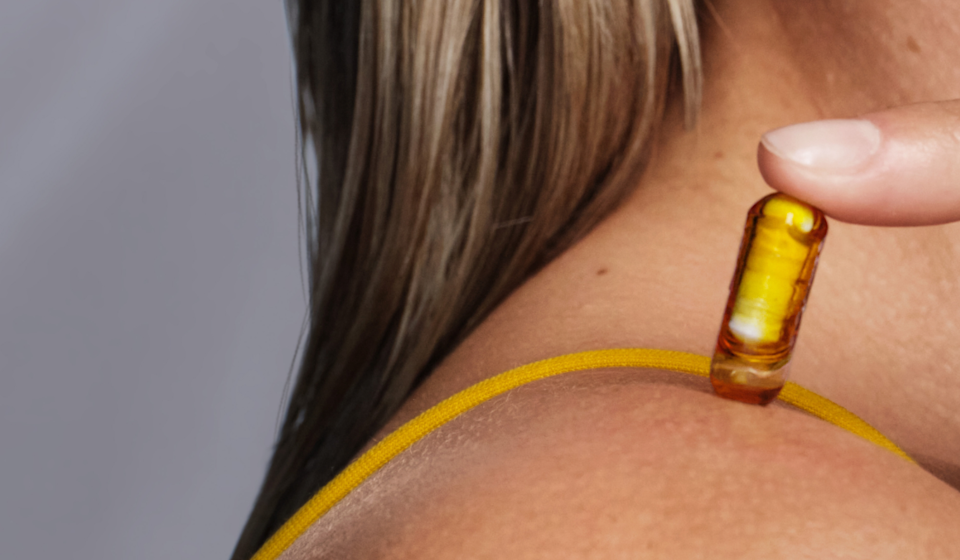Essential Takeaways
• Your skin’s needs change throughout the day based on your circadian rhythm, and throughout the year depending on the climate.
• By learning about your skin’s requirements at specific times, you can build an effective science-backed routine that gives you real results, all while working with its natural cycle.
Is it just us, or has skincare gotten complicated lately? Gone are the days of a morning cleanse and bedtime moisturizer (shoutout to my middle school beauty routine!) Between what we put on our skin, what we put in it — looking at you, injectables — and what we consume, caring for our skin has morphed into a full-time preoccupation.
But if there’s one way to cut through the skincare noise and clear up what matters, it’s by checking the science.
First, it’s helpful to get to know our skin itself. Hi, skin! Skin consists of multiple layers, but the layer most affected by skincare products is the first layer, called the epidermis, which acts as a barrier to the outside world, keeping pollutants and harmful substances out while minimizing water loss from the skin and body. (1) Thanks, skin! This layer can also prevent some skincare products from penetrating skin deeply enough to make a major difference in your complexion. This is also where ingestible skincare, like Ritual’s HyaCeraTM, can come in handy.*
Understanding how skin naturally works can manage your expectations for that deliriously expensive serum, and also arm you with the best advice. Building a science-backed skincare routine that works with the natural rhythm of our skin not only benefits skin now, but also as skin inevitably ages. (Sorry if that’s a bummer to anyone reading but…yes. Skin does age.)











